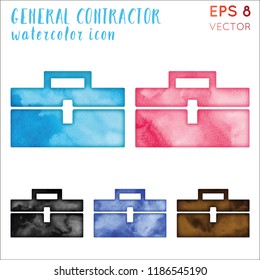Understand How Seasonal Conditions Influence The Success Of Business External Painting And Discover The Excellent Periods To Assure Resilient End Results For Your Job
Understand How Seasonal Conditions Influence The Success Of Business External Painting And Discover The Excellent Periods To Assure Resilient End Results For Your Job
Blog Article
Staff Writer-Carlson Decker
When you're preparing a business external painting job, seasonal elements can make or damage your outcomes. You'll want to take into consideration exactly how temperature and moisture impact paint application and drying times. Selecting the ideal season can ensure your paint sticks properly and lasts longer. Yet which seasons are truly the very best for this type of work? Let's check out the crucial elements that can impact your task's success.
The Effect of Temperature on Paint Application
When you're intending a business outside paint project, the temperature level can substantially impact exactly how well the paint sticks and dries.
Preferably, painters mn intend to paint when temperature levels vary in between 50 ° F and 85 ° F. If it's also chilly, the paint might not treat properly, bring about concerns like peeling off or breaking.
On the flip side, if it's too warm, the paint can dry out too swiftly, avoiding proper attachment and causing an unequal surface.
You need to additionally think about the time of day; early morning or late afternoon offers cooler temperature levels, which can be more favorable.
Constantly inspect the manufacturer's suggestions for the details paint you're utilizing, as they often supply advice on the perfect temperature level array for ideal results.
Humidity and Its Impact on Drying Times
Temperature isn't the only environmental element that influences your industrial external painting task; moisture plays a significant function as well. High humidity degrees can slow down drying out times significantly, influencing the general top quality of your paint task.
When the air is saturated with dampness, the paint takes longer to treat, which can bring about issues like inadequate adhesion and a greater threat of mold growth. If you're painting on a specifically humid day, be prepared for extended delay times in between layers.
It's crucial to keep an eye on local weather and plan appropriately. Preferably, aim for humidity degrees in between 40% and 70% for ideal drying out.
Keeping these factors in mind guarantees your project stays on track and supplies an enduring finish.
Best Seasons for Commercial Outside Paint Projects
What's the very best season for your business exterior paint jobs?
Spring and very early autumn are usually your best bets. Throughout these periods, temperature levels are mild, and moisture levels are often lower, producing excellent conditions for paint application and drying out.
Prevent summertime's intense heat, which can cause paint to completely dry as well rapidly, resulting in bad bond and finish. In a similar way, winter's cool temperatures can impede correct drying out and curing, risking the longevity of your paint work.
Go for recommended you read with temperature levels in between 50 ° F and 85 ° F for ideal results. Keep in mind to inspect the regional weather forecast for rainfall, as damp conditions can ruin your project.
Preparation around these elements guarantees your paint task runs smoothly and lasts much longer.
Final thought
In conclusion, planning your industrial outside painting tasks around seasonal considerations can make a considerable difference in the outcome. By scheduling job during the perfect temperature levels and humidity degrees, you'll guarantee far better bond and drying times. Remember to keep an eye on regional weather forecasts and select the right time of year-- springtime and early loss are your best bets. Taking these steps will help you accomplish a long lasting and expert finish that lasts.
